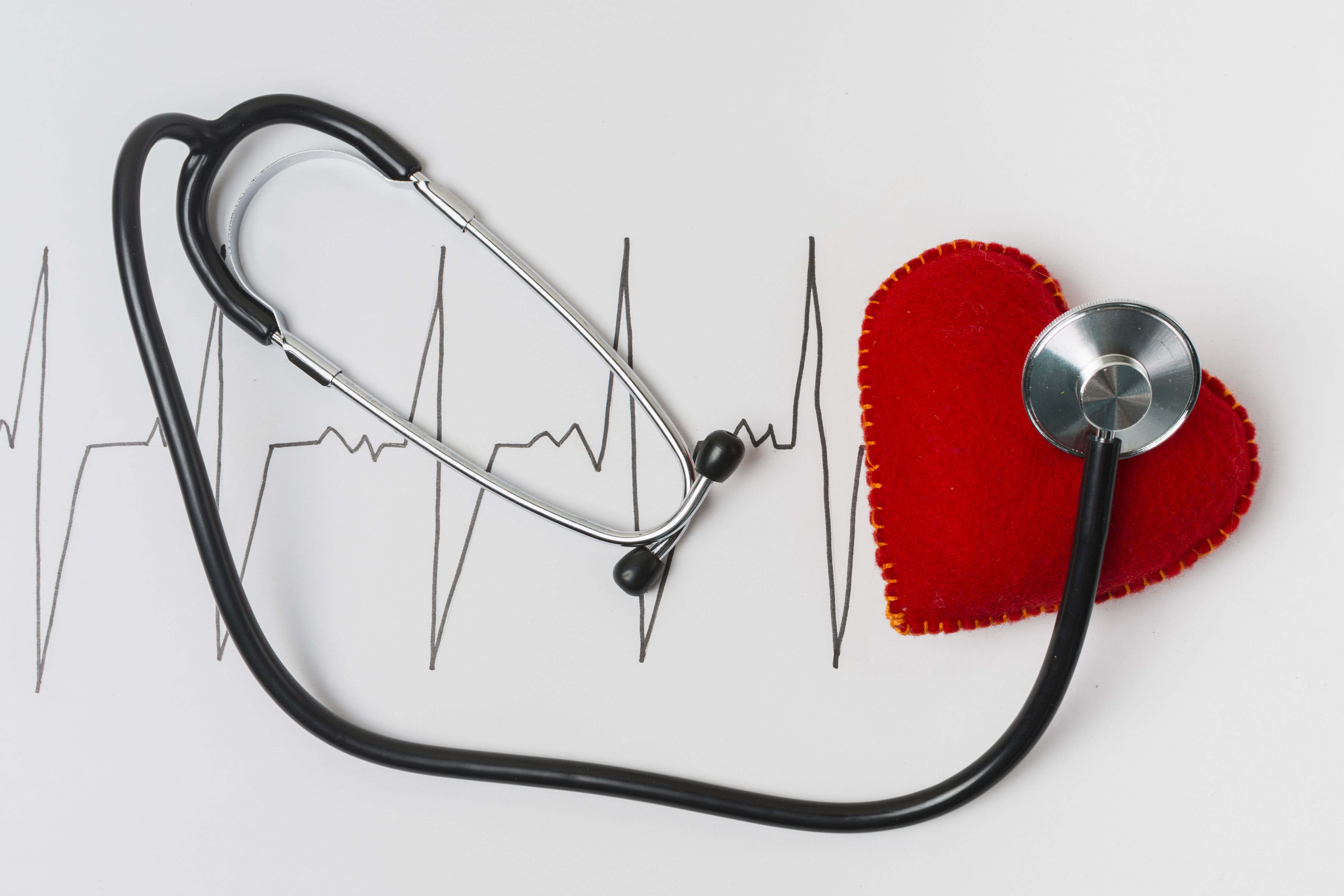
Here’s a scenario.
You’re a male in your 60s who’s at elevated risk of sudden cardiac arrest. You and your family know that one could strike anytime, but you’ve put off serious conversation about it. After all, who really wants to talk about these things?
One evening, you and your wife are scurrying through a busy shopping mall, picking up gifts for your granddaughter’s birthday. A party at your daughter and son-in-law’s is planned for the next afternoon.
Suddenly, a severe pain pierces your chest. The bags you’re carrying fall from your grip. You collapse on the tiled floor. Your wife, frantic, yells out for help.
It’s happened. You’ve suffered a sudden cardiac arrest (SCA).
A group of bystanders immediately responds – calling 911, starting CPR, and using an AED, or automated external defibrillator, that’s conveniently nearby. Paramedics burst onto the scene within a few minutes. You’re stabilized, slid into a waiting ambulance, then whisked to a hospital.
Later, you’re recovering in a hospital bed. As you try to comprehend what happened, your wife and children enter the room, shaken and teary-eyed. “That’s enough, we need a plan,” says your daughter. “We do,” you reply.
Everyone’s mind is racing. What if it happens again? What if it happens while you’re home and there’s no crowd of capable bystanders or no AED?
Chances are, there won’t be.
The reality of sudden cardiac arrest
The above imagines a best-case scenario for an out-of-hospital sudden cardiac arrest victim. Everything slid into place, and the victim survived. But best-case scenarios are often the exception.
The reality is nearly 75% of sudden cardiac arrests occur at home, which creates problems.
§ Only about 6% of people survive in-home sudden cardiac arrest.
§ There probably won’t be bystanders who are ready and able to administer critical first-line care until medical professionals arrive.
§ There probably won’t be an AED onsite.
§ Critical moments are more likely to tick by before intervention begins. Research supports that the likelihood of surviving cardiac arrest falls rapidly for each minute that defibrillation (getting the heart to beat properly by administering a controlled electric shock) is delayed.
While sudden cardiac arrest occurs most frequently in the home, AEDs aren’t yet common in them – even in homes with individuals at increased sudden cardiac arrest risk.
However, when supported by proper training and a well-communicated response plan, families may benefit a home AED and enjoy greater peace of mind knowing that a life-saving piece of technology is at the ready.
We’ll explore why, and what to consider, in our next post.
Need more information? Contact Starting Hearts at @info@startinghearts.org.
